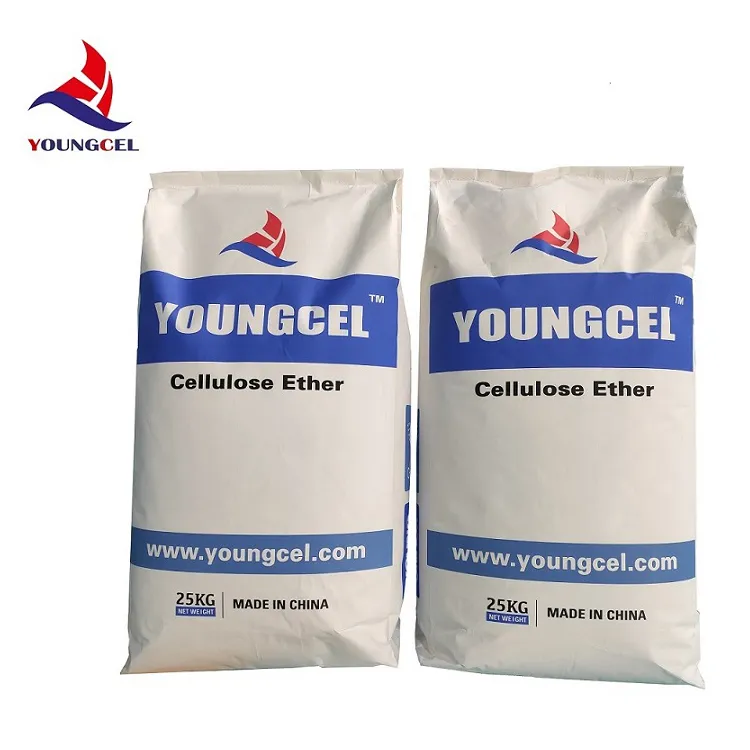The Versatility and Importance of Cellulose Material
Cellulose is an abundant biopolymer that forms the structural component of the primary cell walls of green plants, many algae, and some fungi. Comprising a linear chain of glucose molecules linked by β(1→4) glycosidic bonds, cellulose is the most widespread organic polymer on Earth. It plays a critical role in nature, serving both as a building material for plant cells and as a source of energy for various organisms. The significance of cellulose extends to numerous industries, including textiles, paper manufacturing, and biodegradable plastics.
The Versatility and Importance of Cellulose Material
In the textile industry, cellulose-based fibers, such as cotton, rayon, and lyocell, are essential for producing clothing and home textiles. Cotton is particularly notable for its comfort and breathability, while rayon and lyocell are renowned for their soft feel and biodegradability. The shift towards more sustainable textile production is fuelling interest in cellulose fibers due to their renewability and low environmental impact. Innovations in textile technology, such as eco-friendly dyeing processes and closed-loop systems for producing lyocell, further enhance the sustainability of cellulose textiles.
cellulose material

The paper industry also relies heavily on cellulose, as it is the primary component of wood pulp. Producing paper from cellulose involves pulping, bleaching, and refining processes that convert raw plant material into the fine paper products we use daily. Innovations in recycling technologies have significantly reduced the carbon footprint of paper production, making paper a more sustainable alternative to plastic in many applications. Moreover, cellulose-derived paper products are fully recyclable and biodegradable, contributing to a circular economy.
Recently, the potential of cellulose as a raw material for biodegradable plastics has garnered attention. Conventional plastics, derived from petroleum, pose serious environmental challenges due to their non-biodegradable nature. In contrast, cellulose can be processed into materials such as cellulose acetate and microcrystalline cellulose, which can decompose in natural environments. These cellulose-based plastics are not only biodegradable but also demonstrate desirable properties such as low density, high tensile strength, and excellent transparency, making them suitable for various applications, including packaging.
The versatility of cellulose continues to inspire research and innovation. Advances in nanotechnology have opened new avenues for cellulose, leading to the development of nanocellulose, a strong and lightweight material with a range of applications, from reinforced composites to drug delivery systems. The potential for nanocellulose in construction, electronics, and healthcare underscores the adaptability of cellulose to meet modern challenges.
In conclusion, cellulose, as a foundational organic material, is integral to a sustainable future. Its applications across various industries highlight the importance of harnessing natural resources responsibly. From textiles to biodegradable plastics, cellulose not only supports human needs but also benefits the environment. Continued research and development in cellulose technologies promise to expand its use, solidifying its role as a key material in the transition to a more sustainable economy. As we seek solutions to contemporary environmental challenges, the exploration of cellulose and its derivatives will undoubtedly play a pivotal role in shaping our future.
-
Rdp Powder: Key Considerations for Wholesalers in the Building Materials IndustryNewsJul.08,2025
-
Key Considerations for Wholesalers: Navigating the World of Hpmc - Based ProductsNewsJul.08,2025
-
Hpmc Detergent: Key Considerations for WholesalersNewsJul.08,2025
-
Key Considerations for Wholesalers: China Hpmc For Tile Adhesive, Coating Additives, Concrete Additives, and MoreNewsJul.08,2025
-
Crucial Considerations for Wholesalers: Navigating the World of Construction MaterialsNewsJul.08,2025
-
Key Considerations for Wholesalers Sourcing Additive For Cement, Additive For Concrete, Additive For Putty from Additive Manufacturer Shijiazhuang Gaocheng District Yongfeng Cellulose Co., Ltd.NewsJul.08,2025




